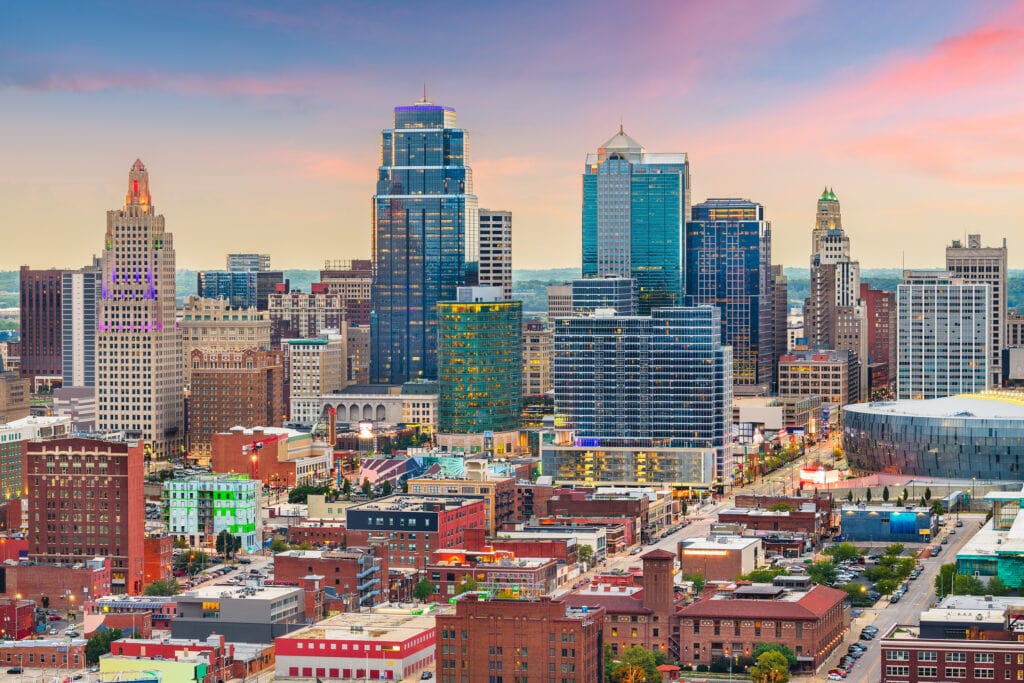Articles
EcoDev

How to Attract Megaprojects: Become a Megasite
As industrial development in the United States continues at a lightning pace, it’s essential for communities throughout North America to enhance their megasite offerings in order to meet demand. Kansas City provides an example.
Read More
Creating a Business-Friendly Environment
At the crux of Michigan’s central expressways, five Class A rail lines, and the Detroit Metropolitan Airport, you’ll find the City of Romulus, which residents refer to as the “Home of Opportunity.” The city’s access to transportation and 3,146 acres of undeveloped land have positioned Romulus as a logistics hub for developers from Michigan and across the nation.
Read More
How the National Freight Strategic Plan Can Benefit Shippers
The U.S. Department of Transportation (USDOT) recently announced the first-ever National Freight Strategic Plan (NFSP), a historic initiative that will benefit shippers and others buying transportation and logistics solutions by delivering more affordable, efficient, and reliable options to move cargo.
Read More
Becoming the Next Leading Logistics Hub
More and more consumers turned to e-commerce and online grocery sales for their purchases during the COVID-19 pandemic, adding pressure on the supply chain and making the location of distribution and fulfillment centers even more important.
Read More
4 Steps to Ensure Port Resiliency After a Critical Incident
Across the nation, seaports support more than 30 million jobs and have an economic impact of more than $5 trillion. In my home state of Florida, our ports support nearly one million jobs and have an annual impact of more than $117 billion.
Read More
Inland Ports: An Efficient Alternative
Coastal seaports remain pivotal components of many supply chains. Yet, for U.S. manufacturers and distributors scouting new locations, nearby real estate options are pricey, scarce, and/or stuck in a web of congested roadways. One viable solution is inland ports—intermodal terminals directly connected to seaports by rail or road.
Read More
Collaboration Grows Freight Economy
At the heart of St. Louis’ strategy to advance as a global trade hub is a focus on collaboration to strengthen and promote the region’s already robust freight network. The entire bi-state region has united behind that common goal—establishing partnerships that bridge government boundaries, public and private sector, various industries, and multiple transport modes. The effort is paying off.
Read More
Industrial Development Returns to the Rails
The United States’ inadequate supply of Class A industrial space located close to international shipping facilities adds complexity and cost to distribution networks. With sky-high land acquisition and development costs, and limited land availability around the busiest ports, companies are forced to scatter operations in several smaller facilities or pay premium prices for adequate space. […]
Read More
How Georgia Designed an Innovative Logistics Landscape
Industry groups need to come together and support a sustainable logistics ecosystem. State organizations play a critical role in achieving this goal, as they are often the hub that facilitates seamless interactions between businesses, government agencies, industry groups, and educational institutions. Georgia, for example, supports a robust industry that’s successful on a national and global […]
Read More
Welcome to the Neo-Panamax Era: Big Ships, Big Opportunities
The arrival of the cargo vessel T. Roosevelt at Port Elizabeth, New Jersey, in September 2017, marked the beginning of a new era for international commerce and trade. At 14,414 TEUs, four times longer than a football field, T. Roosevelt was the largest vessel to dock at an East Coast port after traversing the widened […]
Read More